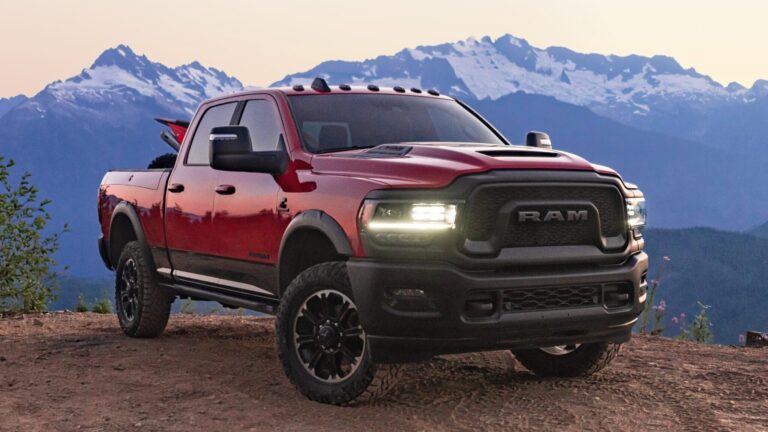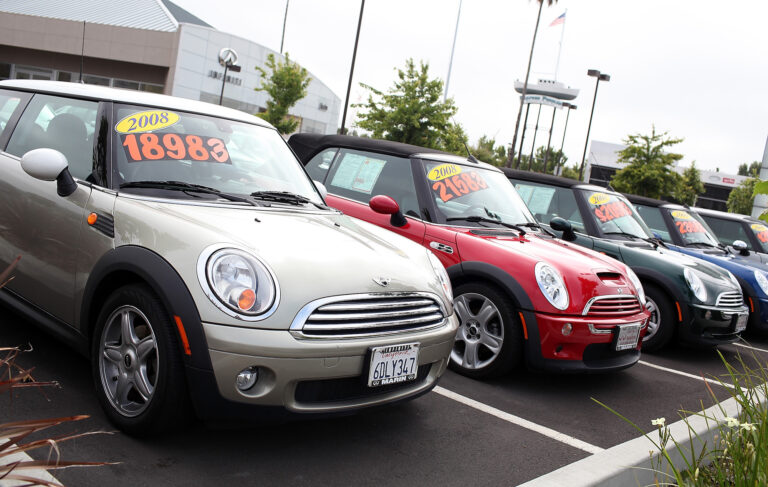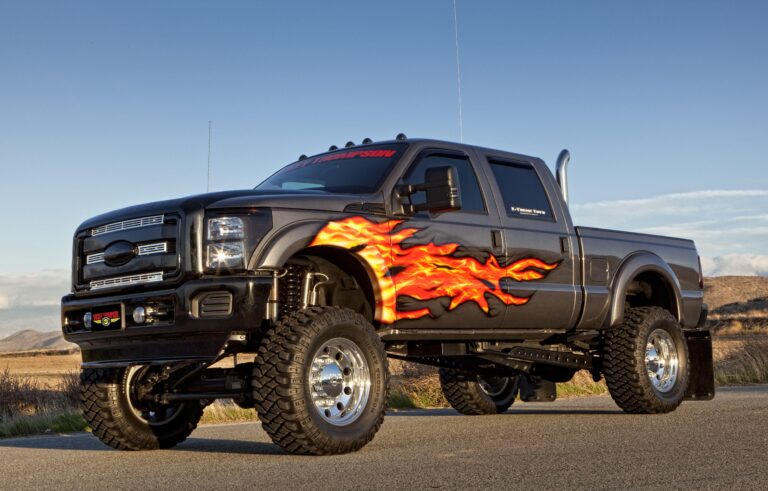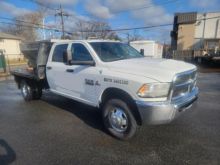Russian Automotive Models: A Comprehensive Guide to Resilience and Utility
Russian Automotive Models: A Comprehensive Guide to Resilience and Utility cars.truckstrend.com
The world of automotive manufacturing is vast and diverse, with each nation contributing its unique philosophy and engineering prowess. Among them, Russian automotive models stand out for their distinctive characteristics, forged in the crucible of challenging terrains, harsh climates, and an emphasis on utility and resilience. Far from being mere vehicles, they are reflections of a nation’s engineering ingenuity, often prioritizing ruggedness, simplicity, and affordability over luxurious amenities or cutting-edge technology. For decades, these vehicles have served as the backbone of transport across the vast Russian landscape, from bustling cities to remote villages, earning a reputation for dependability in the face of adversity.
This comprehensive guide delves into the fascinating world of Russian automotive models, exploring their rich history, identifying key players, dissecting their unique design philosophies, and offering practical insights for anyone interested in understanding or even owning one of these iconic machines.
Russian Automotive Models: A Comprehensive Guide to Resilience and Utility
A Legacy of Utility and Durability: Historical Context
The roots of the Russian automotive industry stretch back to the early 20th century, but it was during the Soviet era that it truly began to define its unique identity. Initially, the focus was heavily on industrial and military vehicles, with plants like GAZ (Gorky Automobile Plant) and ZIL (Likhachev Plant) producing sturdy trucks, buses, and specialized machinery crucial for national development and defense. The legendary GAZ-AA truck, a license-built Ford Model AA, became an early workhorse, symbolizing the era’s emphasis on mass production and practical application.
Post-World War II saw a gradual shift towards passenger car production to meet the growing needs of the populace. Brands like Moskvich and Volga (from GAZ) emerged, offering more accessible, albeit still robust, sedans. However, it was the establishment of AvtoVAZ in Tolyatti and the subsequent launch of the VAZ-2101, famously known as the Lada Zhiguli (or Riva in some markets), in 1970 that truly revolutionized Russian personal transport. Based on the Fiat 124, the Zhiguli was adapted and re-engineered to withstand the demanding Russian conditions, featuring stronger bodywork, improved suspension, and increased ground clearance. This model, and its numerous derivatives, became an enduring icon, symbolizing reliability and affordability for generations.
The collapse of the Soviet Union brought immense challenges, including economic instability, competition from foreign imports, and a struggle to modernize. While some legacy brands faltered, others, like AvtoVAZ, GAZ, and UAZ, managed to adapt, investing in new technologies, forming international partnerships (like Lada’s long association with Renault), and gradually improving their offerings. This period of transition refined their focus, often leading to a blend of traditional ruggedness with modern amenities, albeit at a slower pace than their Western counterparts.
Key Players and Their Signature Models Today
Today, the Russian automotive landscape is dominated by a few major players, each specializing in distinct market segments:
AvtoVAZ (Lada): The Enduring Icon
Lada remains the undisputed leader in the Russian passenger car market, synonymous with affordability and practical transport. After a period of significant modernization under Renault’s influence, Lada has continued its development independently, focusing on accessible, reliable vehicles.

- Lada Granta: This subcompact car, available as a sedan, liftback, or station wagon, is Lada’s most affordable offering. It embodies simplicity and low running costs, making it a popular choice for budget-conscious buyers and as a workhorse.
- Lada Vesta: Representing a more modern step for Lada, the Vesta is a compact car (sedan, station wagon, or cross variant) that offers improved design, comfort, and safety features. It aims to compete with foreign budget sedans while retaining Lada’s core values.
- Lada Niva Legend (formerly Lada 4×4): An automotive legend, the Niva Legend is a compact off-roader that has been in continuous production with minimal changes since 1977. Its permanent four-wheel drive, high ground clearance, and rugged construction make it an incredibly capable and affordable vehicle for challenging terrains.
- Lada Niva Travel (formerly Chevrolet Niva): A more modern and comfortable interpretation of the Niva concept, the Niva Travel offers improved ergonomics, safety, and a slightly more refined driving experience while retaining significant off-road prowess.
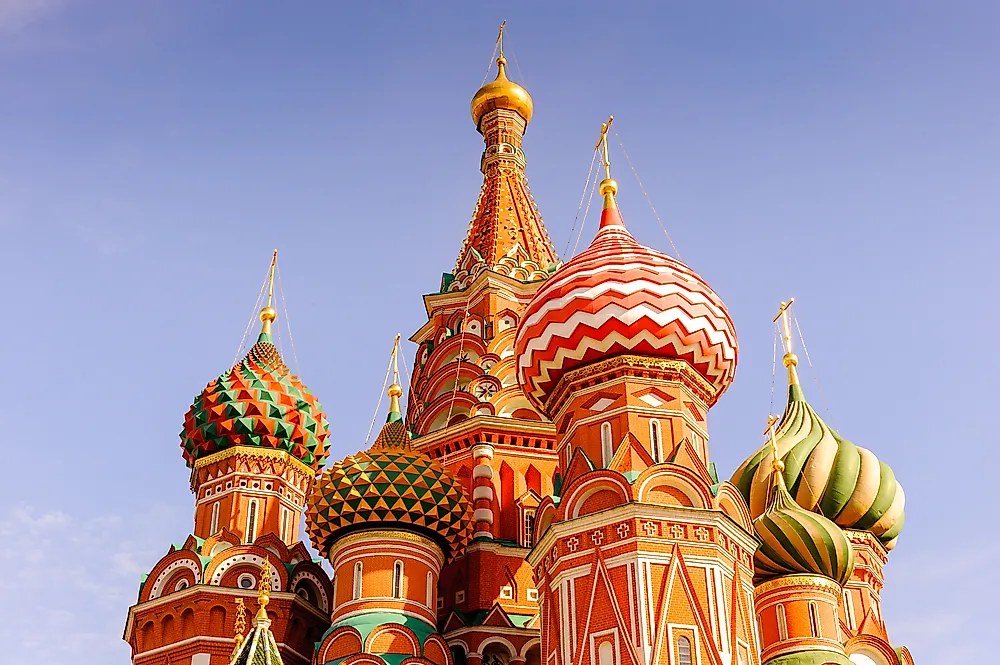
UAZ (Ulyanovsk Automobile Plant): The Off-Road Specialists
UAZ is renowned for its utilitarian, go-anywhere vehicles, particularly popular in rural areas, for government use, and among off-road enthusiasts.
- UAZ Patriot: A large, rugged SUV, the Patriot is UAZ’s flagship passenger vehicle. It boasts impressive off-road capabilities, spacious interiors, and a design geared for durability rather than urban sophistication.
- UAZ Hunter: Directly descended from military vehicles, the Hunter is an incredibly basic and robust off-roader. It’s known for its no-frills approach, extreme simplicity, and ability to tackle virtually any terrain.
- UAZ Bukhanka (Loaf): This iconic van/minibus, resembling a loaf of bread, has been in production for over 60 years. Its unique forward-control design, all-wheel drive option, and immense versatility make it a staple for commercial use, rural transport, and expeditions.
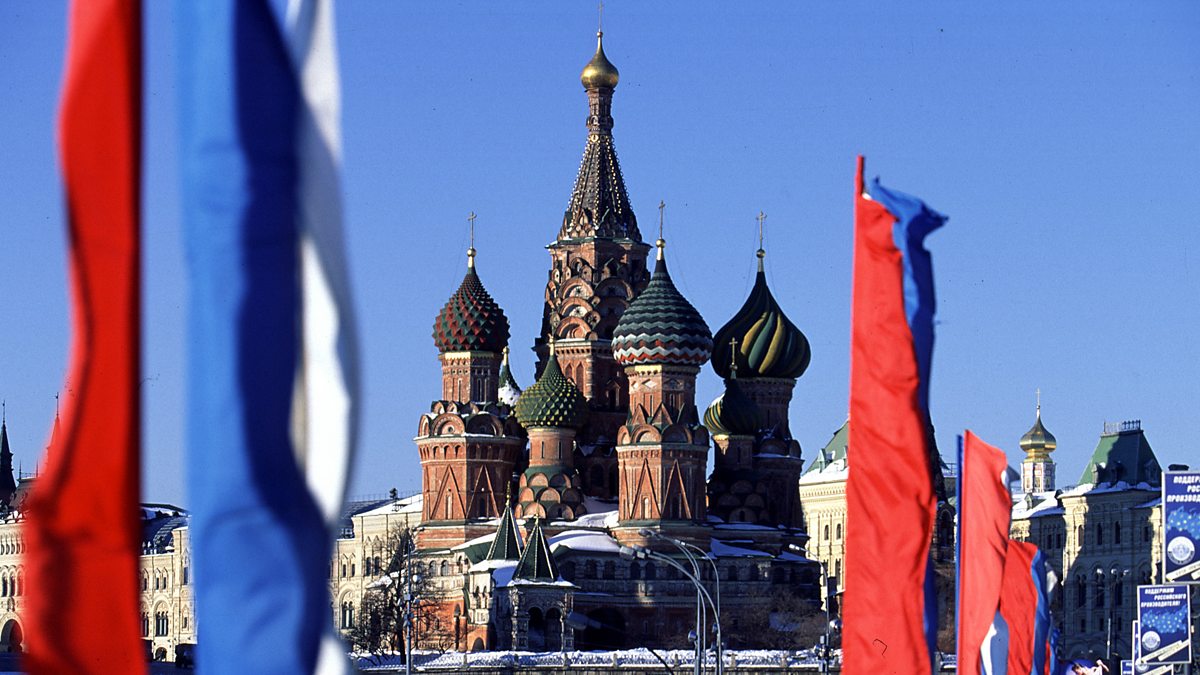
GAZ (Gorky Automobile Plant): From Trucks to Light Commercials
While GAZ historically produced passenger cars like the Volga, its modern focus is primarily on light commercial vehicles (LCVs) and medium-duty trucks.
- GAZelle Next: The GAZelle series is the backbone of Russian small-business transport. The Next generation offers improved comfort, safety, and modern engines, making it a versatile platform for vans, minibuses, and flatbed trucks.
Other Notable Players:
- Moskvich: A historic brand that was revived in 2022, now producing modern crossovers like the Moskvich 3 (based on a Chinese JAC model), signaling a new era for the marque with an eye towards electric vehicles.
- Aurus: A relatively new entrant, Aurus is a luxury brand creating high-end sedans and limousines, most notably the Senat, often seen as Russia’s answer to Rolls-Royce, designed primarily for state officials.
Distinctive Characteristics and Engineering Philosophy
Russian automotive models are defined by a set of core principles that differentiate them from many global competitors:
- Ruggedness and Reliability: Engineered to withstand extreme cold, poor road conditions, and demanding usage, these vehicles are built tough. Their components are often over-engineered, and their structures are robust.
- Simplicity and Repairability: Many Russian models feature straightforward mechanical designs, making them easier and cheaper to repair, often even with basic tools. This "DIY-friendly" approach has long been a hallmark, crucial in areas with limited service infrastructure.
- Affordability: Low purchase prices and economical running costs are key selling points, making vehicle ownership accessible to a broader demographic within Russia.
- Practicality over Luxury: The focus is on functionality, spaciousness, and utility. While modern models are improving in terms of comfort and features, the core philosophy remains rooted in getting the job done efficiently.
- High Ground Clearance and Off-Road Capability: A necessity given Russia’s vast and often unpaved road network, most models, even basic sedans, offer higher ground clearance than their Western counterparts, with dedicated off-roaders like the Niva and UAZ models boasting world-class capabilities.
Challenges historically included outdated designs, limited safety features, and inconsistent build quality compared to global standards. However, recent years have seen significant improvements, driven by market demands and international partnerships. The current geopolitical landscape is also pushing the industry towards greater localization of components and domestic technological development, leading to further unique adaptations.
Buying and Owning a Russian Automotive Model: Practical Insights
For an international buyer, or even a local one, understanding the nuances of owning a Russian automotive model is key.
Benefits:
- Low Purchase Price: Generally significantly more affordable than comparable vehicles from other manufacturers.
- Low Maintenance Costs: Simpler designs often translate to cheaper parts and labor.
- Excellent Off-Road Capability: Particularly for UAZ and Niva models, they offer unparalleled performance in challenging terrains for their price point.
- Durability and Longevity: When properly maintained, these vehicles are known to last for many years, enduring tough conditions.
- DIY Friendly: Their straightforward mechanics make them ideal for owners who prefer to do their own maintenance and repairs.
Considerations and Potential Challenges:
- Availability Outside Russia: Finding new models outside Russia can be challenging due to sanctions and limited export networks. Used models might be available in certain markets.
- Outdated Technology (Historically): While improving, some models may lag behind international competitors in terms of infotainment, driver-assistance systems, and fuel efficiency.
- Perceived Image: Outside Russia, they might carry a perception of being basic or unrefined, which can affect resale value.
- Finding Parts (Internationally): For older or less common models, sourcing genuine parts outside Russia might require specialized importers.
- Comfort and Refinement: While newer models are improving, they might not offer the same level of quietness, ride comfort, or interior luxury as more expensive alternatives.
Tips for Buyers:
- Define Your Needs: Are you looking for a rugged off-roader, a basic commuter, or a commercial workhorse? This will narrow down your options significantly.
- Research Specific Models: Each model has its quirks and common issues. Consult owner forums and reviews.
- Prioritize Maintenance History: For used vehicles, a detailed service history is invaluable.
- Consider Aftermarket Support: In regions where Russian cars are less common, check the availability of independent mechanics and spare parts.
- Test Drive Extensively: Pay attention to how the vehicle handles, its comfort level, and any unusual noises.
Maintenance:
Russian vehicles are generally forgiving, but regular maintenance is crucial for longevity. Due to their simple nature, many routine tasks can be performed by the owner. Focus on regular oil changes, checking fluid levels, tire pressure, and inspecting the suspension and drivetrain, especially if frequently driven off-road.
The Future of Russian Automotive Models
The Russian automotive industry is currently navigating a period of significant transformation. Geopolitical shifts and sanctions have accelerated the drive towards greater domestic production and import substitution, encouraging local development of components, software, and even fundamental vehicle platforms.
This new reality is fostering innovation, with a strong push towards electric vehicles (EVs). Brands like Lada are exploring electric versions of their popular models, and the revived Moskvich brand is already offering electric crossovers. There’s also a renewed emphasis on developing indigenous platforms and technologies to reduce reliance on foreign partners. While the path ahead involves overcoming technological hurdles and supply chain challenges, the industry is demonstrating its characteristic resilience, aiming to solidify its position as a self-sufficient and adaptable player in the global automotive arena, with a continued focus on practicality, affordability, and the ability to conquer challenging environments.
Concluding Summary
Russian automotive models represent a unique and enduring chapter in the global car industry. From the utilitarian workhorses of the Soviet era to the increasingly modernized vehicles of today, they have consistently embodied a philosophy of ruggedness, simplicity, and accessibility. Brands like Lada, UAZ, and GAZ have not only shaped the domestic landscape but have also earned a dedicated following worldwide for their ability to deliver reliable performance in demanding conditions. While they may not always boast the latest in luxury or high-tech gadgetry, their unwavering commitment to utility, durability, and affordability ensures their continued relevance. As the industry looks to the future, embracing electrification and localization, Russian automotive models are poised to continue their journey, adapting to new challenges while staying true to their core identity: dependable vehicles built for the real world.
Price Table: Representative Russian Automotive Models (Approximate New Vehicle Prices in Russia)
| Model | Manufacturer | Type/Class | Typical Price Range (RUB, approximate) | Key Features / Purpose |
|---|---|---|---|---|
| Lada Granta | AvtoVAZ | Subcompact Sedan/Liftback | 700,000 – 1,000,000 | Most affordable, reliable, basic transport, low running costs. |
| Lada Vesta | AvtoVAZ | Compact Sedan/SW | 1,200,000 – 1,800,000 | Modern design, improved comfort, popular family car, good value. |
| Lada Niva Legend | AvtoVAZ | Compact Off-roader | 900,000 – 1,300,000 | Iconic, highly capable off-road, rugged, permanent 4WD. |
| Lada Niva Travel | AvtoVAZ | Compact SUV | 1,100,000 – 1,600,000 | More modern Niva, better comfort, still off-road capable, ABS. |
| UAZ Patriot | UAZ | Mid-size SUV | 1,600,000 – 2,200,000 | Large, rugged, excellent off-road, spacious, often used by services. |
| UAZ Hunter | UAZ | Compact Off-roader | 1,200,000 – 1,500,000 | Military-derived, extremely basic, ultimate off-road, no frills. |
| UAZ Bukhanka | UAZ | Van/Minibus | 1,300,000 – 1,800,000 | Iconic, utilitarian, versatile for commercial/off-road, highly customizable. |
| GAZelle Next | GAZ | Light Commercial Van/Truck | 2,500,000 – 4,000,000+ | Backbone of Russian commercial transport, versatile, various body types. |
| Moskvich 3 | Moskvich | Compact Crossover | 2,200,000 – 2,800,000 | Reborn brand, modern design, urban SUV, available in ICE and EV versions. |
| Aurus Senat | Aurus | Luxury Sedan | 40,000,000+ | Ultra-luxury, presidential limousine, high-end tech, bespoke production. |
Disclaimer: Prices are highly approximate, subject to change, and vary based on trim, region, optional features, and current market conditions. They represent typical new vehicle starting prices in Russia as of late 2023 / early 2024. Export prices, if available, would differ significantly.
Frequently Asked Questions (FAQ) about Russian Automotive Models
Q1: Are Russian cars available outside Russia?
A1: Availability varies. Historically, Lada models were widely exported to various global markets, particularly in Eastern Europe, parts of Africa, and South America. However, due to recent geopolitical events and sanctions, official exports of new Russian-made vehicles to many Western markets have ceased or are severely restricted. Used models may still be found in some countries.
Q2: Are Russian cars reliable?
A2: Russian cars are known for their ruggedness and durability, especially when designed for challenging conditions. While they might not always match the refinement of some international brands, their simpler mechanical designs often translate to good long-term reliability and ease of repair. Regular maintenance is key, as with any vehicle.
Q3: Are Russian cars safe?
A3: Safety standards have significantly improved over the years. Newer models, like the Lada Vesta, incorporate modern safety features such as airbags, ABS, and stability control, and have performed reasonably well in local crash tests. Older models, particularly those like the UAZ Hunter or Niva Legend, are built for utility and off-road performance, and may lack many advanced passive and active safety systems found in contemporary vehicles.
Q4: What are the main advantages of Russian cars?
A4: Key advantages include their affordability, low running costs, excellent off-road capability (especially for UAZ and Niva models), simple and repairable mechanics, and robust construction designed to withstand harsh environments.
Q5: What are the main disadvantages?
A5: Historically, disadvantages included outdated designs, limited comfort features, higher fuel consumption in older models, and a lack of advanced technology compared to international competitors. While newer models are addressing these, some aspects still lag behind global leaders. Resale value outside Russia can also be a concern.
Q6: Which Russian car is best for off-roading?
A6: For ultimate off-roading, the UAZ Hunter and Lada Niva Legend are top contenders due to their lightweight design, excellent ground clearance, short overhangs, and robust 4×4 systems. The UAZ Patriot also offers strong off-road capabilities with more comfort and space.
Q7: Are there electric Russian cars?
A7: Yes, the Russian automotive industry is actively developing electric vehicles. The revived Moskvich brand has launched the Moskvich 3e, an electric crossover. AvtoVAZ (Lada) has also showcased electric vehicle concepts and is working on electrifying its lineup, signaling a significant shift towards sustainable mobility in the future.

